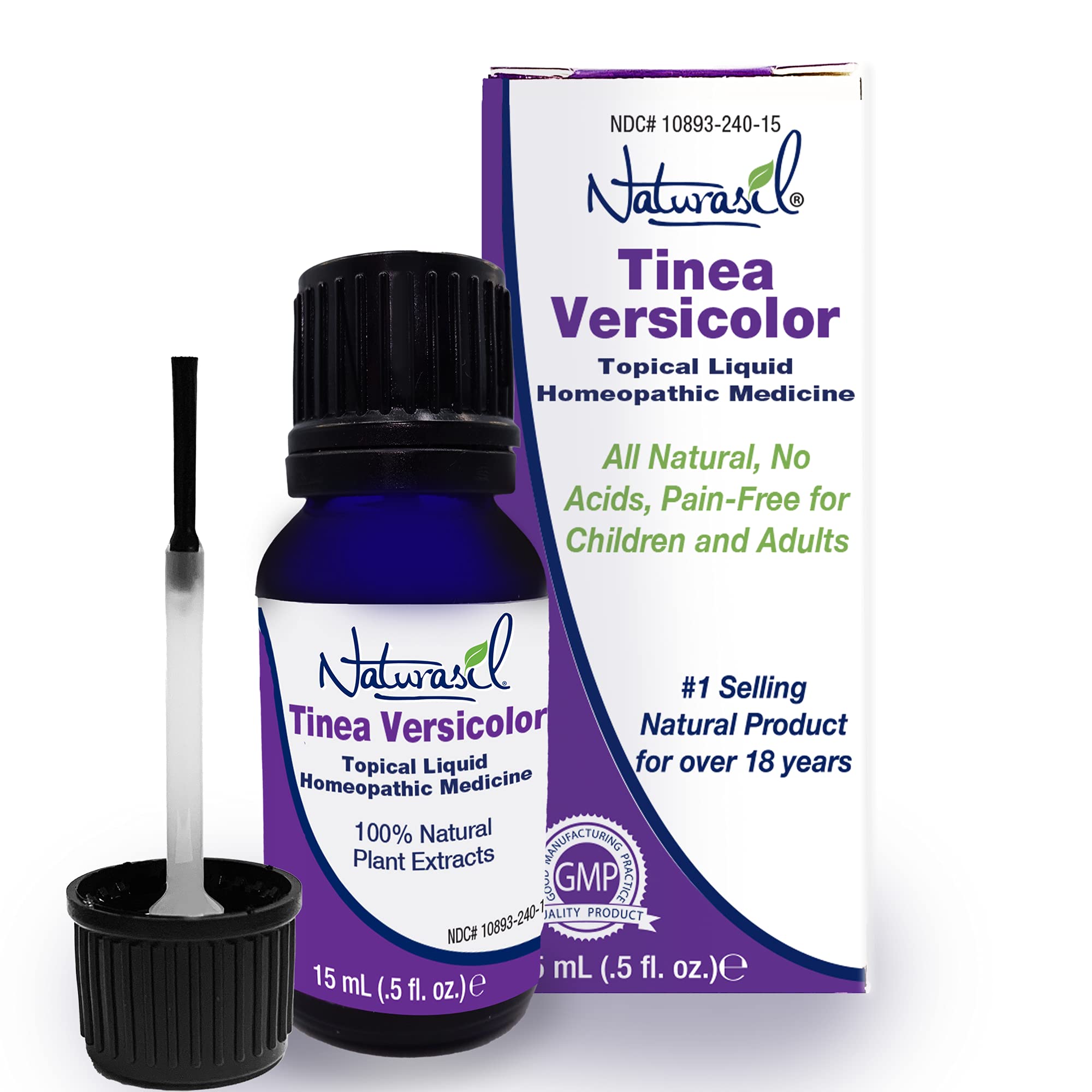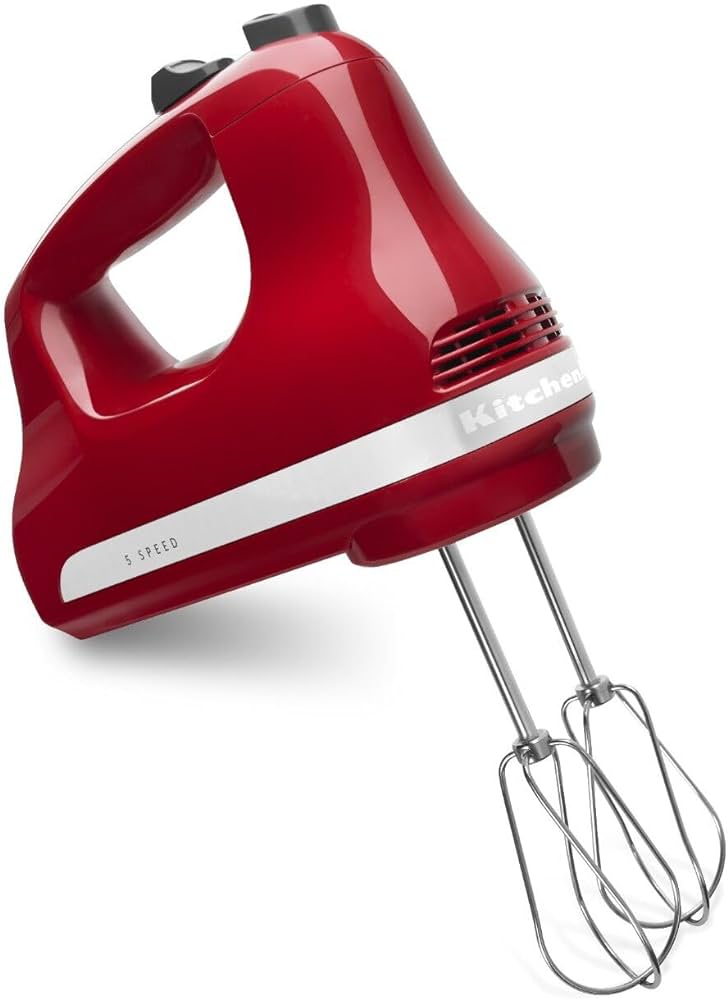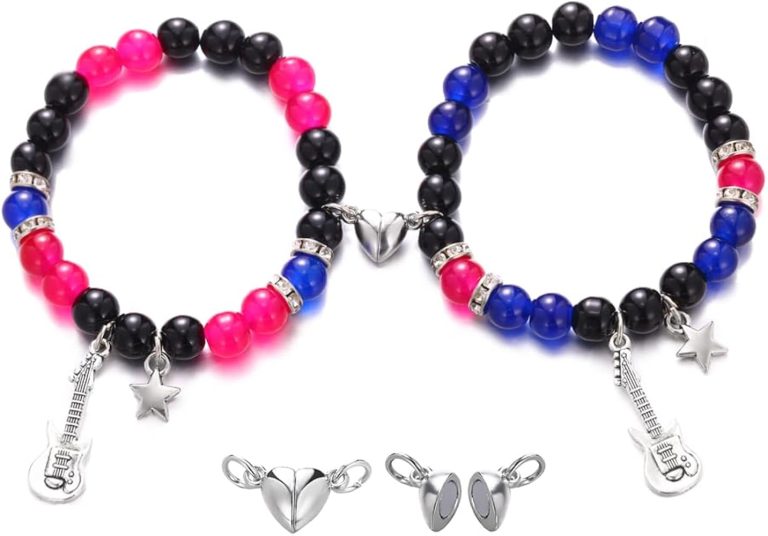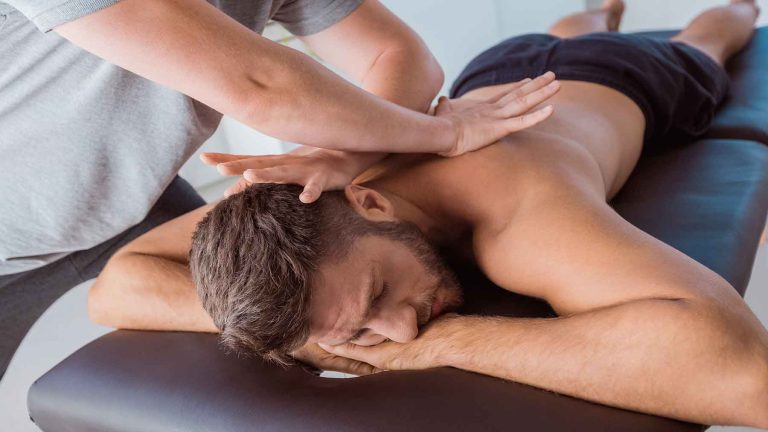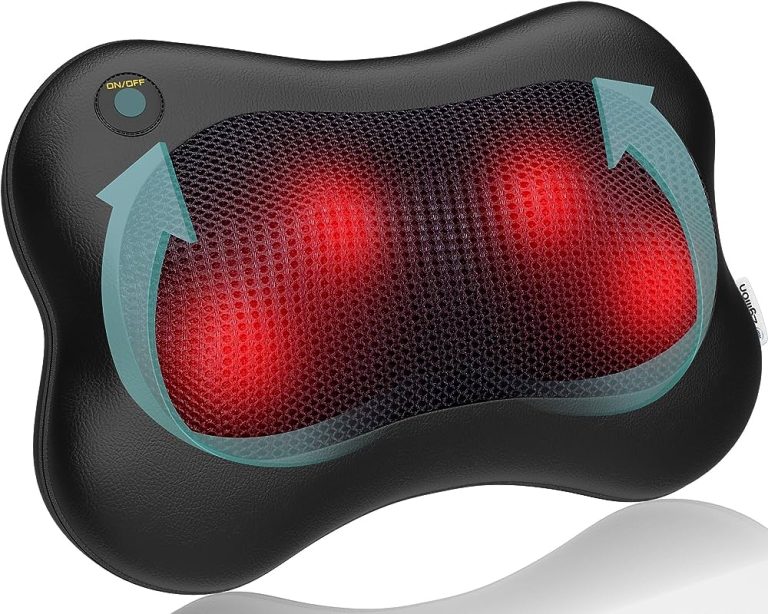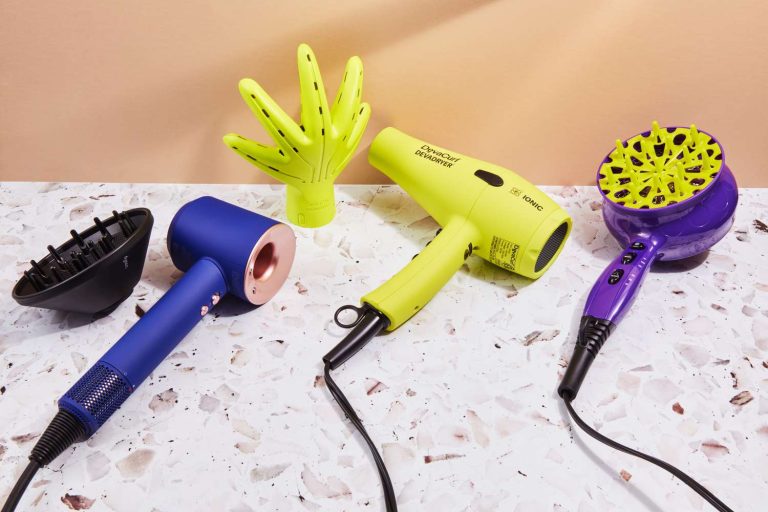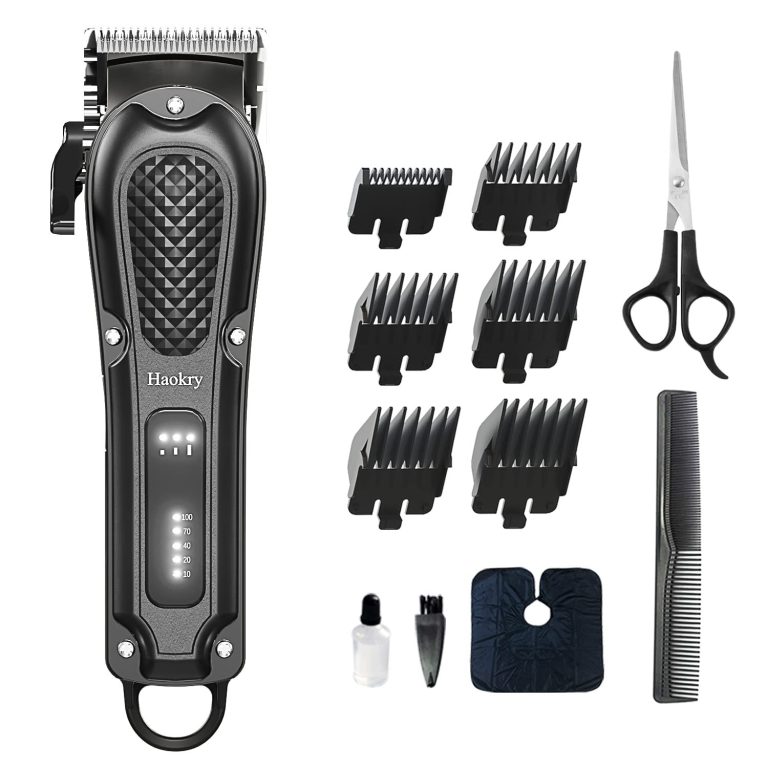9 Best Athlete’s Foot Creams: Top Picks for Fast and Effective Relief
Dealing with athlete’s foot can be both frustrating and uncomfortable. This common fungal infection thrives in warm, moist environments and can cause itching, burning, and even painful cracking of the skin. Finding the right treatment is crucial to getting back on your feet—literally.
Evaluating the Best Creams for Athlete’s Foot
Choosing the right cream for athlete’s foot can make a significant difference in how quickly and effectively you can eradicate the infection. Here’s what to consider.
Criteria for Selecting Foot Creams
Effectiveness. Choose a cream with a proven track record of relieving symptoms and clearing up infections. Look for products with positive reviews and endorsements from medical professionals.
Speed of Relief. Opt for a cream that provides quick relief from itching, burning, and discomfort associated with athlete’s foot. Fast-acting options can significantly improve your quality of life.
Ease of Use. Select creams that are easy to apply and don’t leave a greasy residue. Convenient application can make treatment adherence more manageable.
Key Ingredients to Look For
Clotrimazole. This powerful antifungal ingredient is widely recommended and works by stopping the growth of fungi. It’s highly effective for athlete’s foot.
Miconazole. Another critical antifungal agent, miconazole disrupts the production of the fungal cell membrane, helping to clear infections quickly.
Tolnaftate. Known for its effectiveness in treating athlete’s foot, tolnaftate prevents fungus from growing on your skin, providing relief from itching and scaling.
With these criteria and ingredients in mind, you’re better equipped to find the best athlete’s foot cream that will work effectively for you.
Top 9 Athlete’s Foot Creams
Finding the right cream can put an end to the discomfort and irritation caused by athlete’s foot. Here are the best options to consider:
1. Terbinafine Hydrochloride Cream
Terbinafine Hydrochloride Cream is highly effective against fungal infections. This cream targets the cell membranes of fungi, making it a reliable option. It’s known for its fast-acting relief, often showing results within a week. Terbinafine is commonly recommended by dermatologists for its proven efficacy.
2. Clotrimazole Antifungal Cream
Clotrimazole Cream works by inhibiting the growth of fungus, providing relief from itching and burning. It’s a versatile choice as it also treats other fungal infections like ringworm and jock itch. Apply it twice daily for two weeks to see optimal results. It’s easily available over-the-counter.
3. Miconazole Nitrate Cream
Miconazole Nitrate Cream offers broad-spectrum antifungal activity and is effective for treating athlete’s foot. It works by targeting the fungal cell wall, thus stopping the infection. Apply it twice a day for up to four weeks for clear skin. It’s also an excellent choice for those with sensitive skin.
4. Tolnaftate Antifungal Cream
Tolnaftate Cream is one of the oldest and most trusted treatments for athlete’s foot. It prevents the fungus from growing and spreading, thus managing the infection efficiently. Use it twice daily for two to four weeks. Tolnaftate is a preventive measure as well, ideal for athletes and gym-goers.
5. Butenafine Hydrochloride Cream
Butenafine Hydrochloride Cream provides relief by eradicating the fungus at the source. It’s known for its long-lasting effects, often needing fewer applications compared to other creams. Apply it primarily once a day for two weeks. It’s fast-acting, usually showing improvement within days.
6. Undecylenic Acid Cream
Undecylenic Acid Cream is a natural antifungal agent derived from castor oil. It’s effective in stopping fungus from growing and relieving symptoms such as itching and burning. Apply it twice daily for a minimum of four weeks. It’s an excellent option for those who prefer natural products.
7. Tea Tree Oil Infused Antifungal Cream
Tea Tree Oil Infused Antifungal Cream combines natural tea tree oil with antifungal properties to target infections. Known for its anti-inflammatory benefits, it soothes irritated skin. Apply it twice a day. It’s a great choice for those who seek a natural treatment alternative.
8. Ketoconazole Antifungal Cream
Ketoconazole Cream is potent and effective against a variety of fungal infections, including athlete’s foot. It breaks down the fungal cell walls, leading to the death of the fungus. Use it once daily for two to four weeks. This cream is often prescribed for stubborn or recurrent cases.
9. Natural Oil-Based Antifungal Cream
Natural Oil-Based Antifungal Creams often use ingredients like jojoba oil, coconut oil, and lavender oil. These creams not only fight fungus but also moisturize and soothe the skin. Apply them two to three times a day. They’re ideal for those who want a chemical-free option.
How to Use Athlete’s Foot Cream Effectively
To get rid of athlete’s foot, it’s crucial to use the cream properly. Follow these guidelines to ensure the best results.
Application Techniques
Clean your feet thoroughly. Wash with soap and water, then dry completely. Moisture can worsen athlete’s foot, so ensure your feet are totally dry before applying the cream.
Apply a thin layer. Squeeze a small amount of cream onto your fingers. Spread it evenly over affected areas, extending slightly past the edges of the infection.
Rub it in gently. Massage the cream into your skin until it’s fully absorbed. This helps ensure it penetrates the skin effectively.
Tips for Best Results
Use the cream consistently. Apply it as directed, typically 1-2 times daily. Follow the instructions on the packaging for the recommended duration, usually 2-4 weeks.
Wear clean, dry socks. Change your socks daily. Opt for breathable materials like cotton to reduce moisture.
Keep your feet dry. Use foot powder if necessary and ensure your shoes are dry before putting them on.
Avoid spreading the infection. Wash your hands after applying the cream. Don’t share towels, socks, or shoes.
Follow these steps diligently, and you’ll increase the chances of effectively treating your athlete’s foot.
Additional Treatments and Prevention Strategies
Besides creams, incorporating varied treatments can help you manage athlete’s foot more effectively.
Incorporating Sprays and Powders
Using antifungal sprays and powders can complement your cream regimen. Sprays, like Tinactin or Lotrimin, reach areas between toes where creams might not penetrate well. Powders, such as Zeasorb or Gold Bond, keep feet dry by absorbing excess moisture, reducing the risk of fungal growth. Combine these with your cream treatments to cover all bases.
Foot Hygiene Best Practices
Maintaining excellent foot hygiene is crucial. Wash your feet daily with soap and water, especially after workouts. Dry them thoroughly, focusing on the spaces between your toes. Change socks regularly, opting for moisture-wicking materials. Rotate your shoes to allow them to air out, and avoid walking barefoot in public areas like locker rooms. These practices, combined with your antifungal treatments, create an environment that’s less hospitable to fungi.
Conclusion
Finding the right athlete’s foot cream is essential for effective treatment and prevention. By choosing a cream with key antifungal ingredients and following proper application techniques, you can combat this common issue efficiently. Remember to maintain excellent foot hygiene and consider using antifungal sprays and powders for added protection. Consistent use and preventive measures will help you keep your feet healthy and free from infection.
Frequently Asked Questions
What is athlete’s foot?
Athlete’s foot is a common fungal infection affecting the skin on the feet. It causes itching, redness, and cracked skin, often between the toes.
How do I choose the best cream for athlete’s foot?
Choose creams with key antifungal ingredients like clotrimazole, miconazole, or terbinafine. Look for products with good reviews and consider any skin sensitivities.
How often should I apply athlete’s foot cream?
Apply the cream as directed on the packaging, typically once or twice daily. Consistent use is crucial for effective treatment.
Should I use antifungal sprays or powders in addition to creams?
Yes, using antifungal sprays or powders can help treat areas between toes and keep feet dry, enhancing the cream’s efficacy.
How do I properly apply athlete’s foot cream?
Clean your feet thoroughly, dry them, apply a thin layer of cream, and gently massage it in. Focus on affected areas and between the toes.
How can I prevent athlete’s foot from spreading?
Wear clean socks, keep your feet dry, avoid walking barefoot in public areas, and maintain good foot hygiene to prevent the fungus from spreading.
Can athlete’s foot recur after treatment?
Yes, athlete’s foot can recur, especially if preventive measures are not followed. Maintain good hygiene and use antifungal products as needed.
Is it necessary to see a doctor for athlete’s foot?
Mild cases can be treated with over-the-counter creams. However, see a doctor if symptoms persist, worsen, or if you have diabetes or a weakened immune system.
How long does it take for athlete’s foot cream to work?
Improvement is often seen within a few days, but continue the treatment for the full recommended duration, usually 2-4 weeks, to prevent recurrence.
Are there any side effects of using athlete’s foot creams?
Possible side effects include skin irritation, redness, or itching. If severe reactions occur, discontinue use and consult a healthcare professional.
